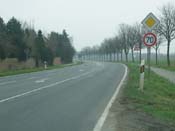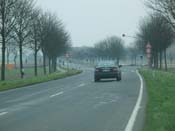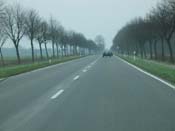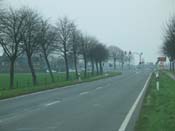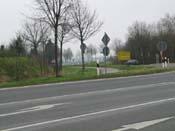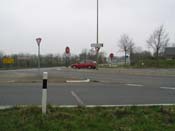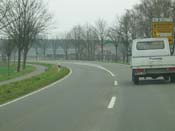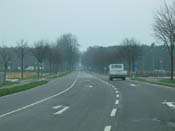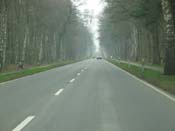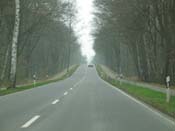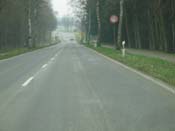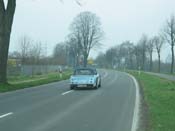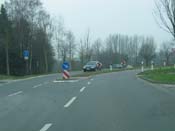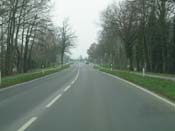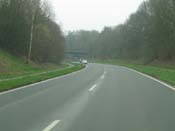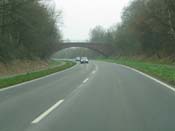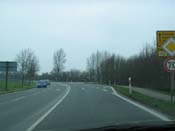Grenzlandring today - bordering on disbelief
Author & Photography
- Mattijs Diepraam
Revision date
- February 18, 2004; corrections added on May 5, 2008
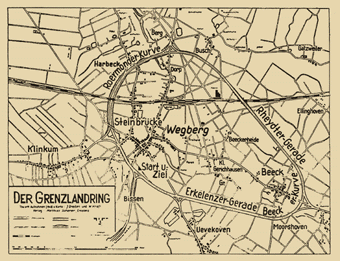

The German Grenzlandring oval, situated near the Dutch border, close to Roermond, is among the more mysterious race tracks in Europe. It was built during World War II, for reasons hitherto unknown, and saw a brief period of use in the immediate post-war period until a violent crash by Helmut Niedermayr, killing 13 spectators and injuring 42 people including himself, brought about the track's closure. Its construction between 1940 and 1942 was clouded by so much secrecy that it spawned apocryphical stories such as the mayor of nearby Rheydt circumnavigating the oval time and again until he noticed that he was about to pass the same cyclist for the third time - only then is he supposed to have realized that he was travelling in circles! The fact that bulldozers lined the enclosed villages for some two years should easily persuade the cynics into instant disbelief but the only fact concerning the construction of the Grenzlandring that is undisputed is that we still don't know why it was built in the first place.
Today, all that remains is a 9km circular road around the villages of Wegberg and Beeck, much too big for the amount of traffic that it would have handled in the forties and fifties, and even now. There are no obvious remains of what was once a blinding high-speed track. There are no derilict grandstands, no pit buildings, and the road - originally paved with concrete - has been resurfaced with tarmac. Also, the flow of the Beecker-Kurve, the Roermonder-Kurve as well as the Erkelenz straight has been cut up by junctions which follow the exiting roads rather than the main oval course (see above). In two of these places houses, an earth banking and a small forest have covered the original track, so it would be impossible to re-create the old track. If anyone would, they would create a Northern version of Enna-Pergusa as it is today - flast blasts disrupted by pesky chicanes...

